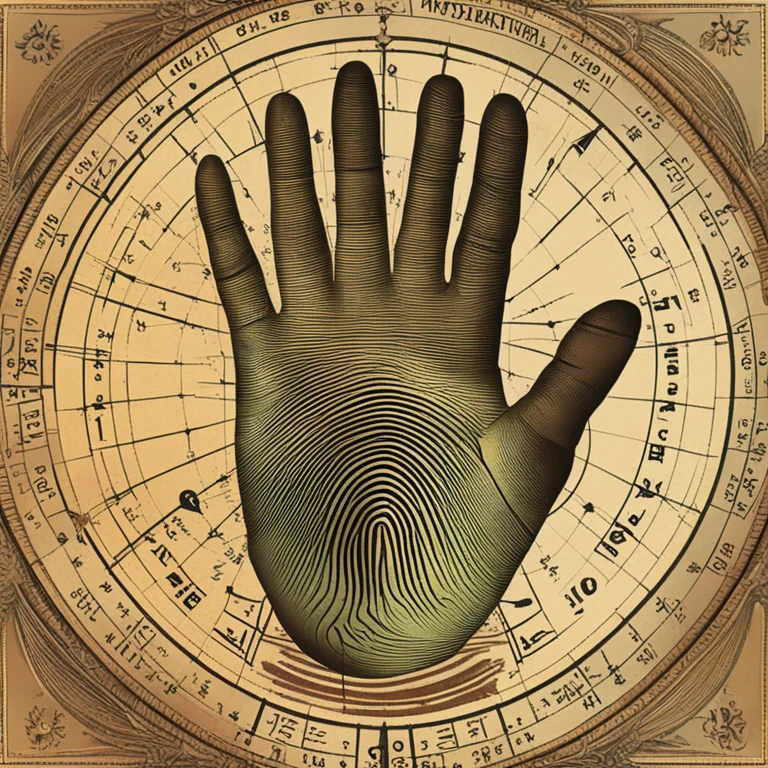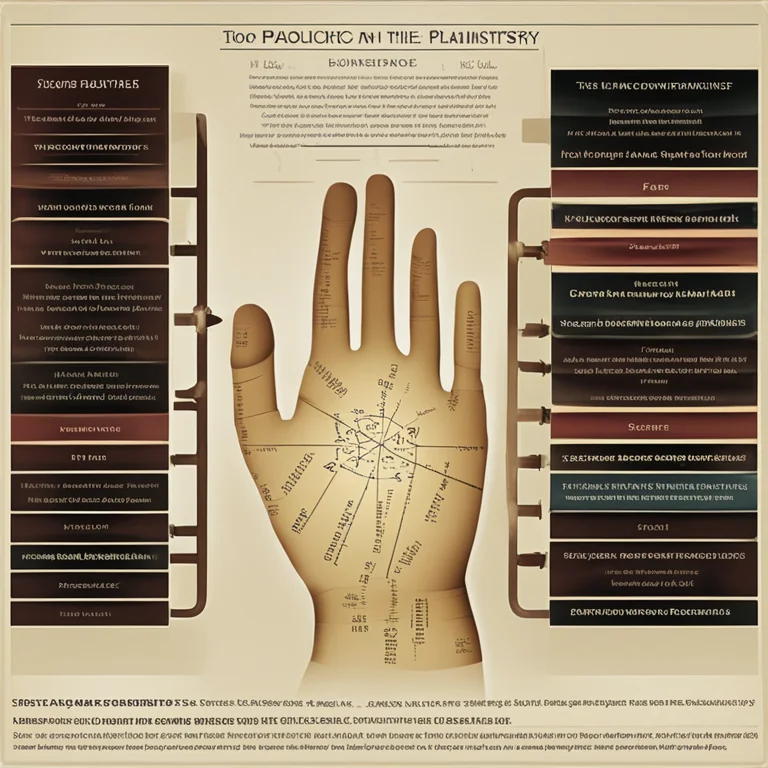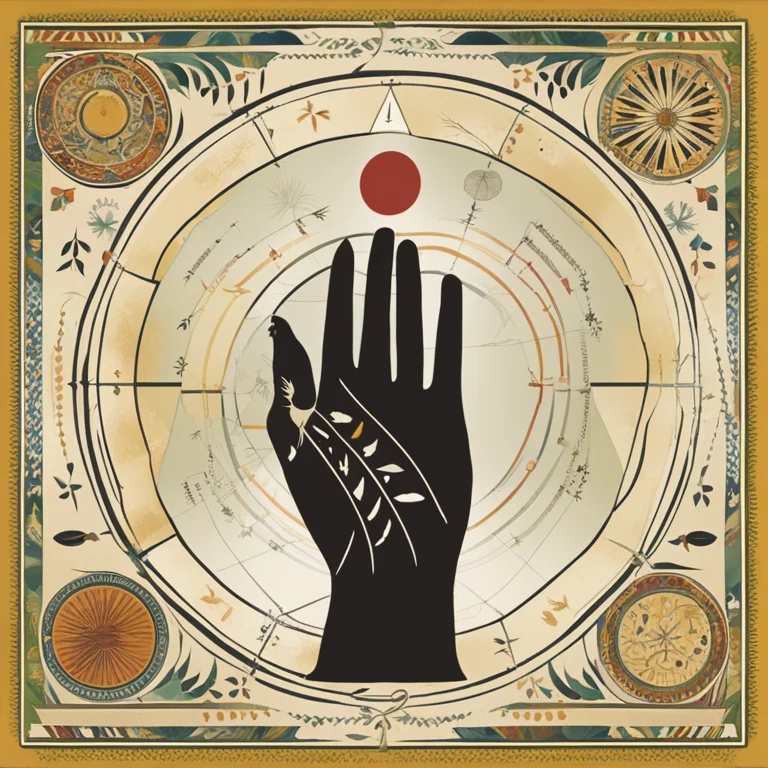
Explore The Efficacy of Palmistry: Fact or Fallacy?
Examine the validity of palmistry and its relevance in contemporary times.
article by Nora Pennington
Introduction to Palmistry
Palmistry, or chiromancy, is an ancient practice dating back thousands of years, rooted in various cultures and traditions. It involves the study of the palm, where practitioners, known as palmists, analyse the lines, shapes, and features to infer aspects of an individual's personality and potential future events. With a rich heritage intertwining with astrology and mysticism, palmistry persists as a point of fascination in modernity. The question beckons, however, amidst a digital era of data and empiricism: Does palmistry hold any relevance or truth?

Palmistry's Historical Context
To evaluate palmistry's validity, it's crucial to understand its historical context. Emerging from ancient India, palmistry spread across cultures through the Alexandrian conquests, weaving its way into Chinese, Tibetan, Persian, Egyptian, and Greek traditions. Each culture contributed unique nuances to the practice, although the core objective remained: to understand life through the study of the palm. This historical tapestry affords palmistry a global recognition, but historical prominence does not equate to efficacy. As we delve deeper, we must distinguish between historical significance and evidentiary science.

The Skeptic's Viewpoint
Critics argue that palmistry operates on the Barnum effect – a psychological phenomenon where individuals believe vague, general statements to be highly accurate for them personally. Skeptics assert that palm readings are a form of cold reading, a technique where the reader picks up on cues, making statements that could apply to anyone. The absence of empirical evidence supporting palmistry's claims bolsters the skeptic's position, pressing further inquiries into the actual mechanics by which the lines on one's hand could determine their future.

In Defense of Palmistry
Despite the skepticism, palmistry enthusiasts put forth compelling arguments. They posit that the lines on our hands change over time, reflecting personal growth and life changes. Furthermore, supporters claim there is a certain introspection triggered through palm readings that encourages self-analysis and conscious change. Although scientific verification is lacking, advocates highlight anecdotal experiences of accurate readings, insisting that palmistry's true value lies in its ability to inspire and offer new perspectives, rather than predict the future with certainty.

Modern Palmistry in Practice
Today, palmistry adapts to contemporary demand, integrating modern psychology and novel methods of analysis. Some progressive palmists incorporate elements of counseling into their practice, offering tailored sessions that focus on personal development. Within this new framework, palmistry becomes less of a predictive tool and more of a subjective guide. Technological advances in digital imaging and analysis also present intriguing possibilities for palmistry's future, potentially allowing for a more standardized approach to palm readings.
The Verdict on Palmistry
In light of both historic traditions and contemporary skepticism, the question of palmistry's efficacy remains a polarizing one. The scarcity of scientific endorsement brings its objective accuracy into question. Yet, its subjective value – as a medium for insight and self-reflection – continues to captivate many. Ultimately, palmistry's worth may hinge more upon individual belief systems and the weight one places on personal experience over empirical validation. As a personal journey, its impact varies from one individual to another.
Published: 1/11/2024
Modified: 1/12/2024
More predictions
Come back here soon to learn more about yourself and your future


The Secrets of Palmistry: Interpreting Hand Reading Lines
Delve into the fascinating world of palmistry and discover what your hand reading lines reveal about your destiny, personality, and future.


Jupiter Mount & Palmistry:Exploring The Significance
Delve into the secrets of the Jupiter mount on your palm and discover how it reflects your leadership and ambition.